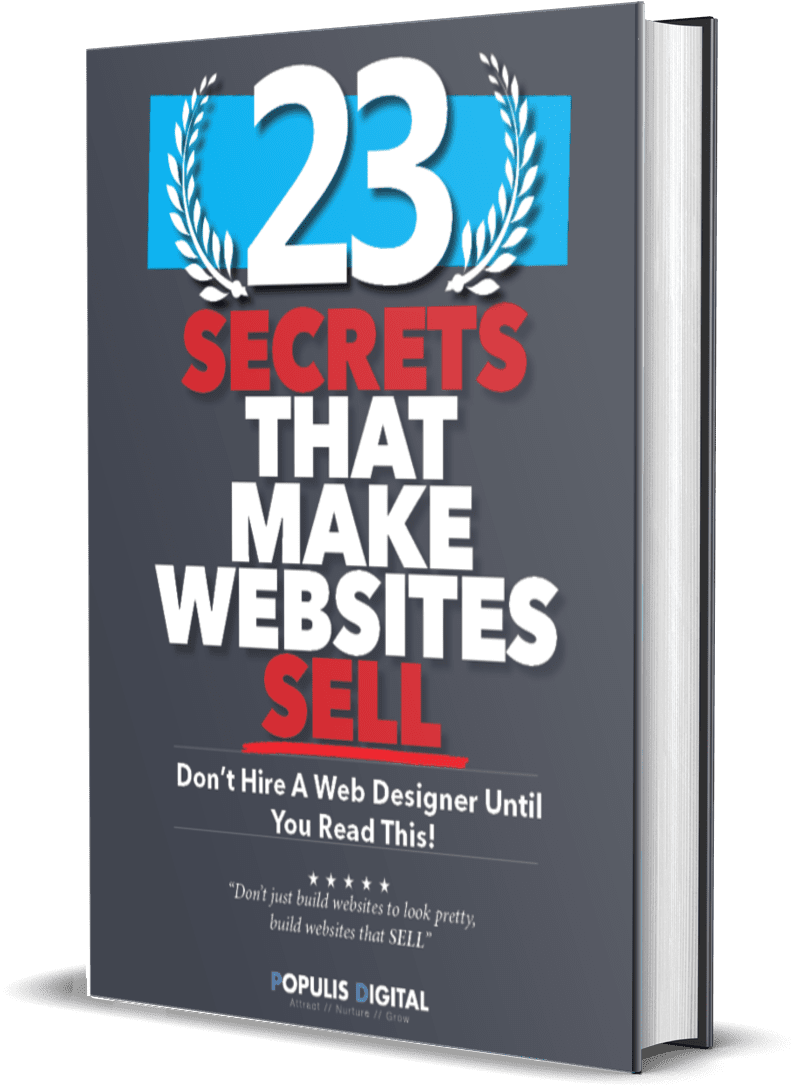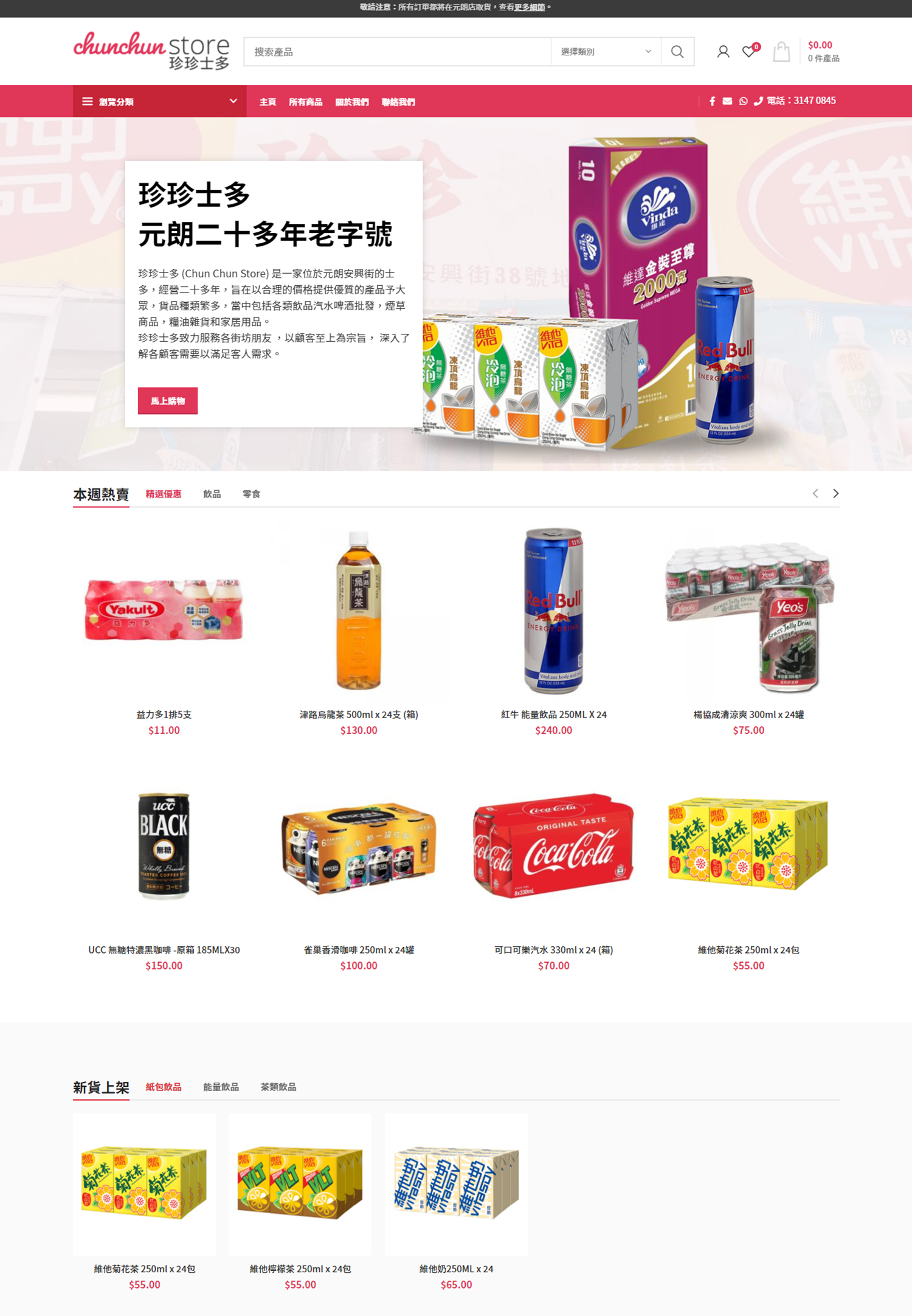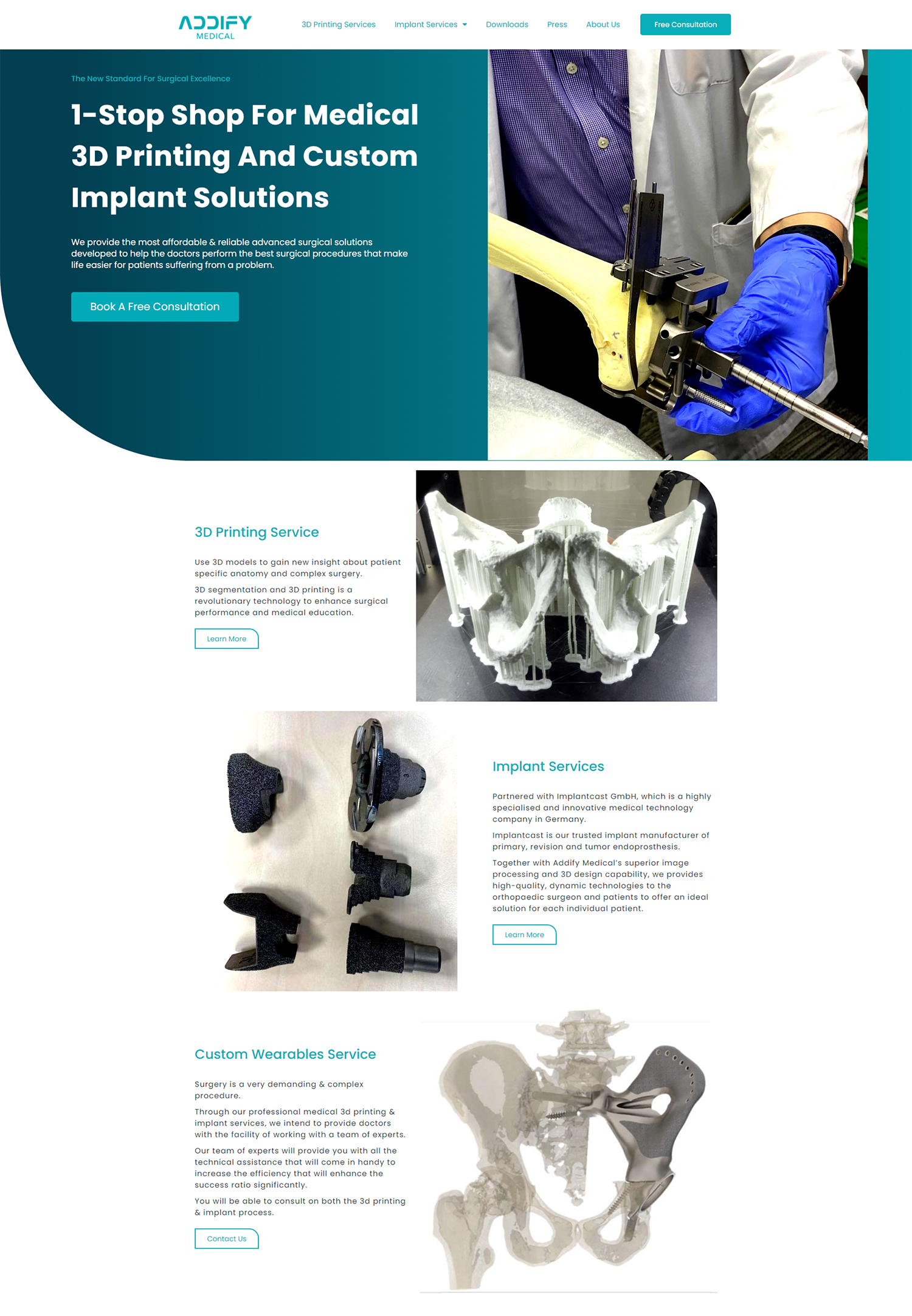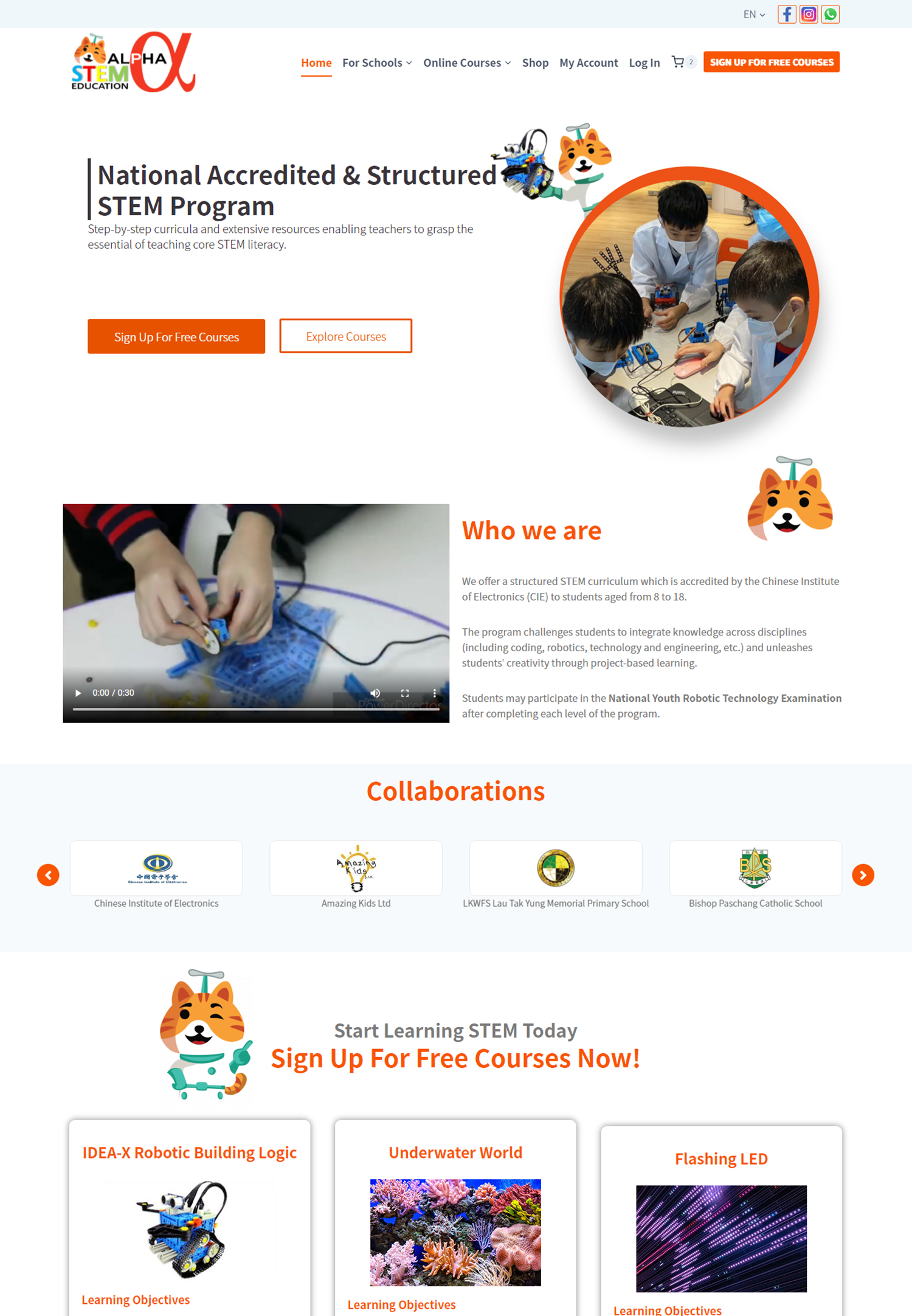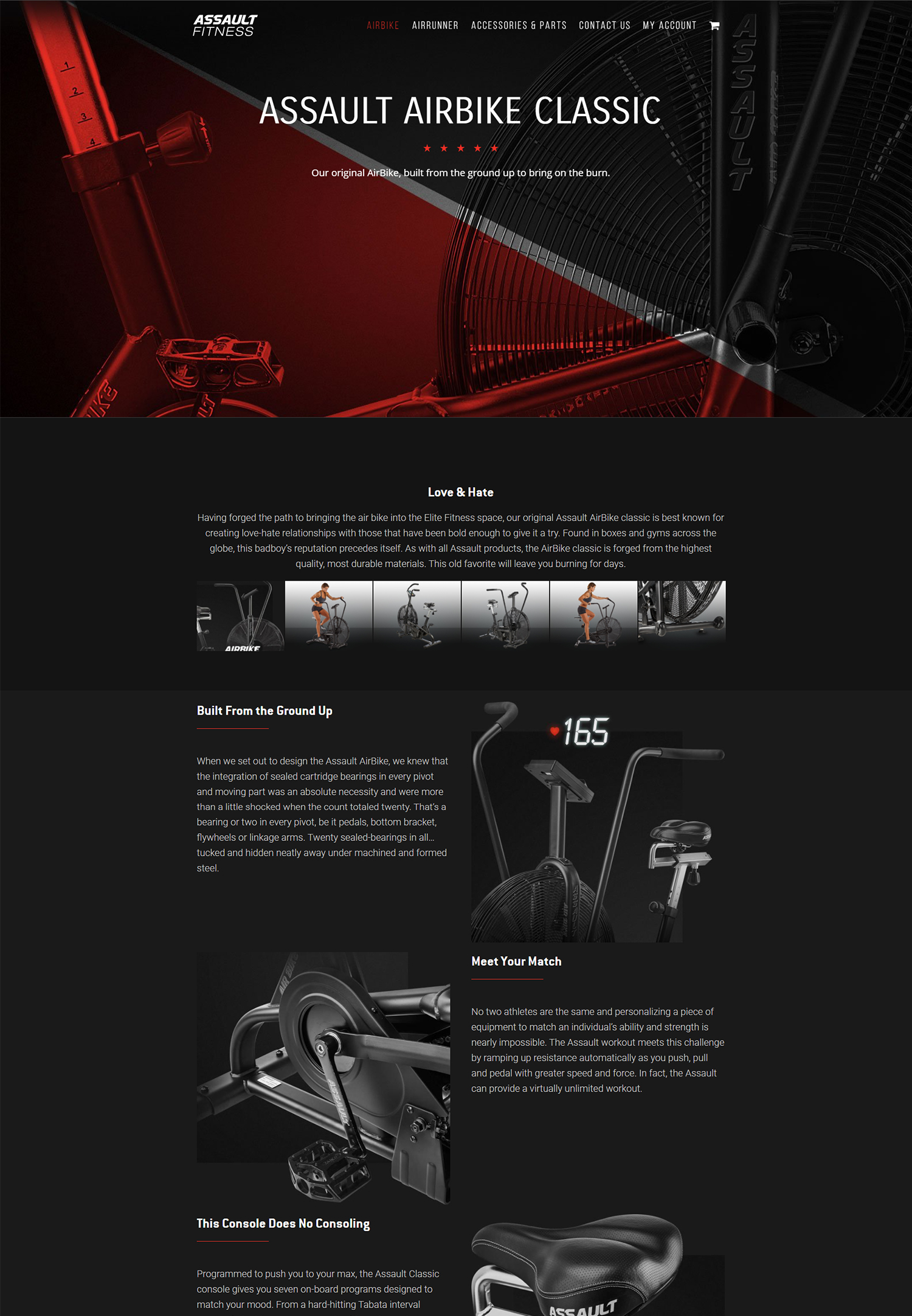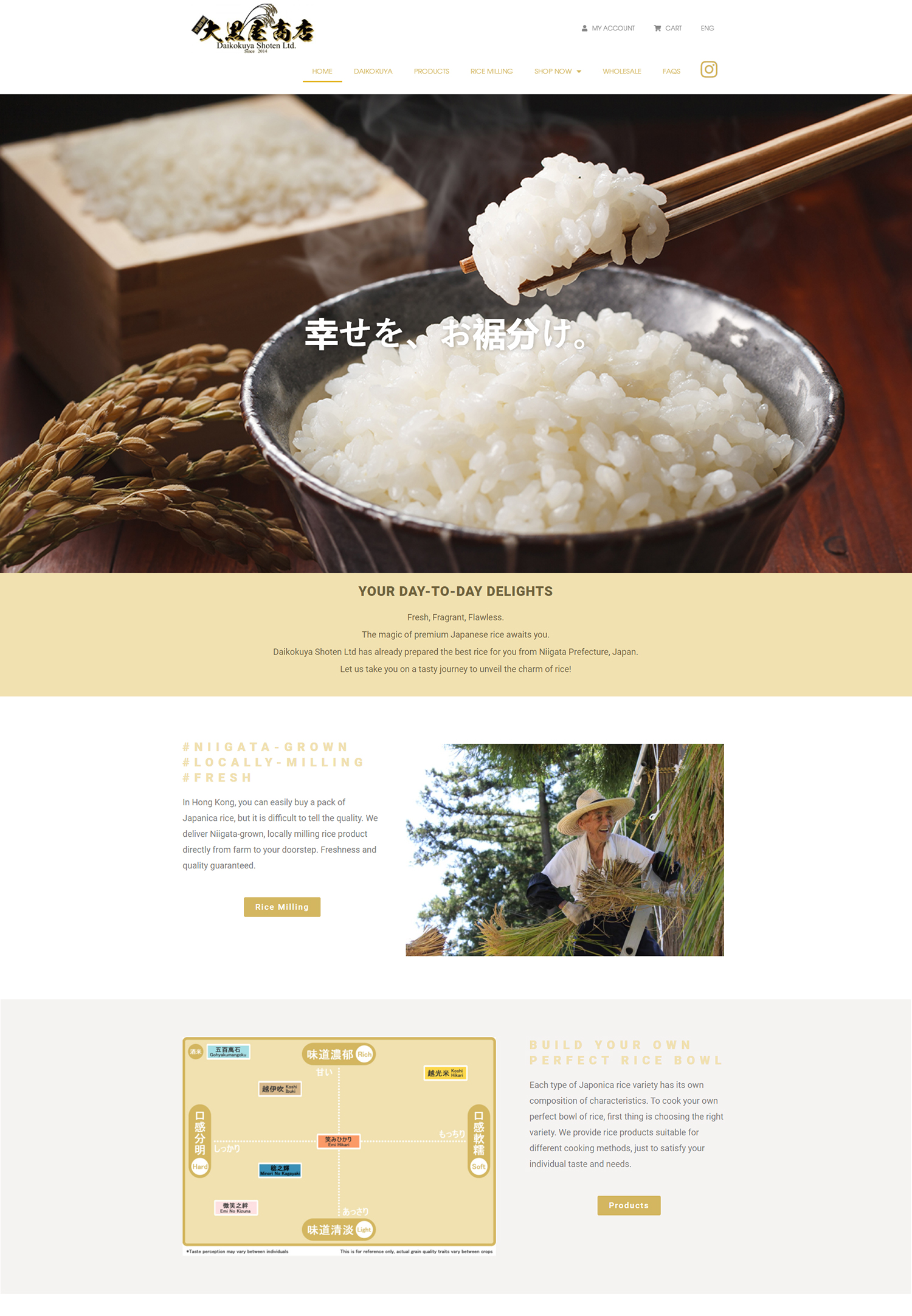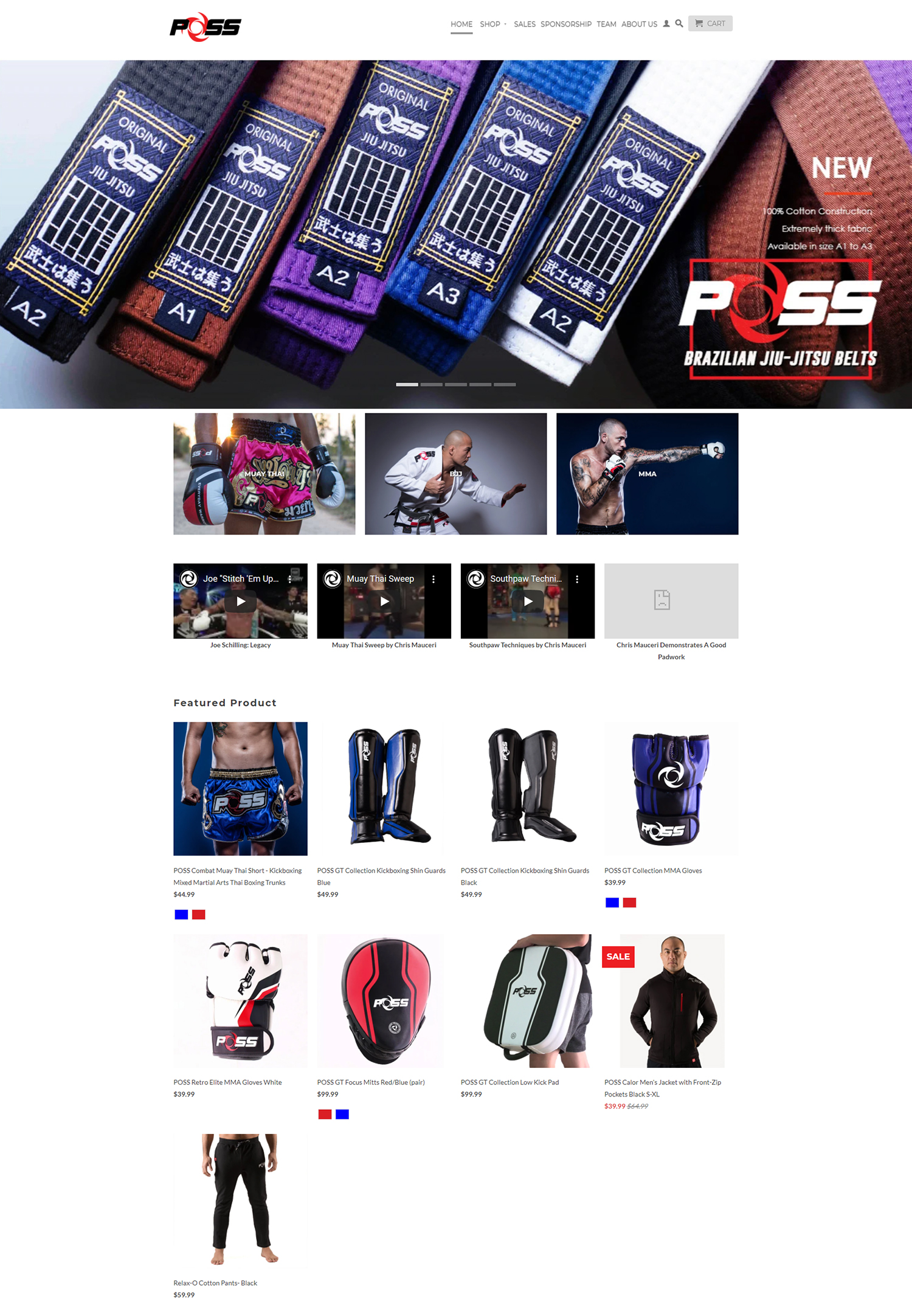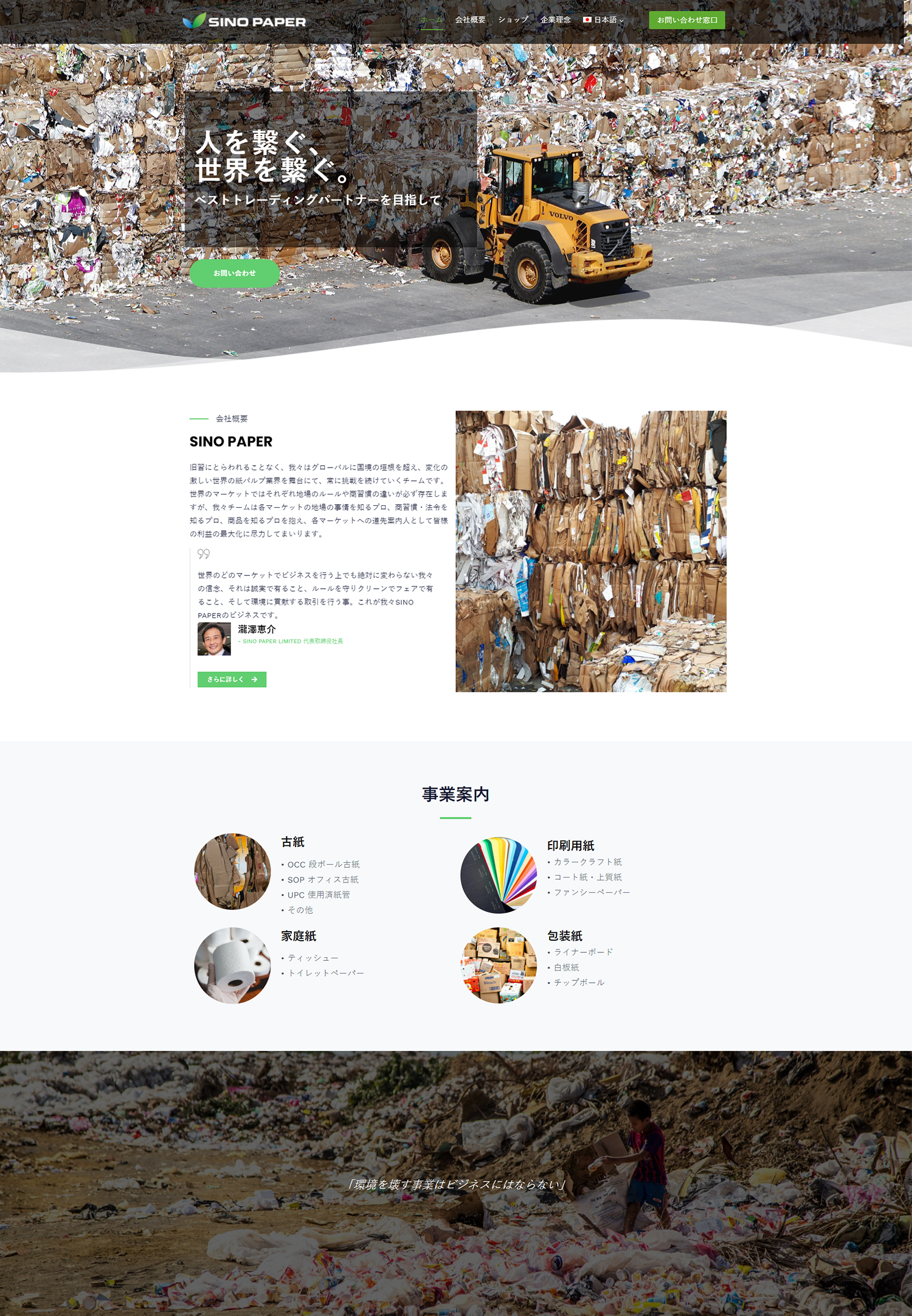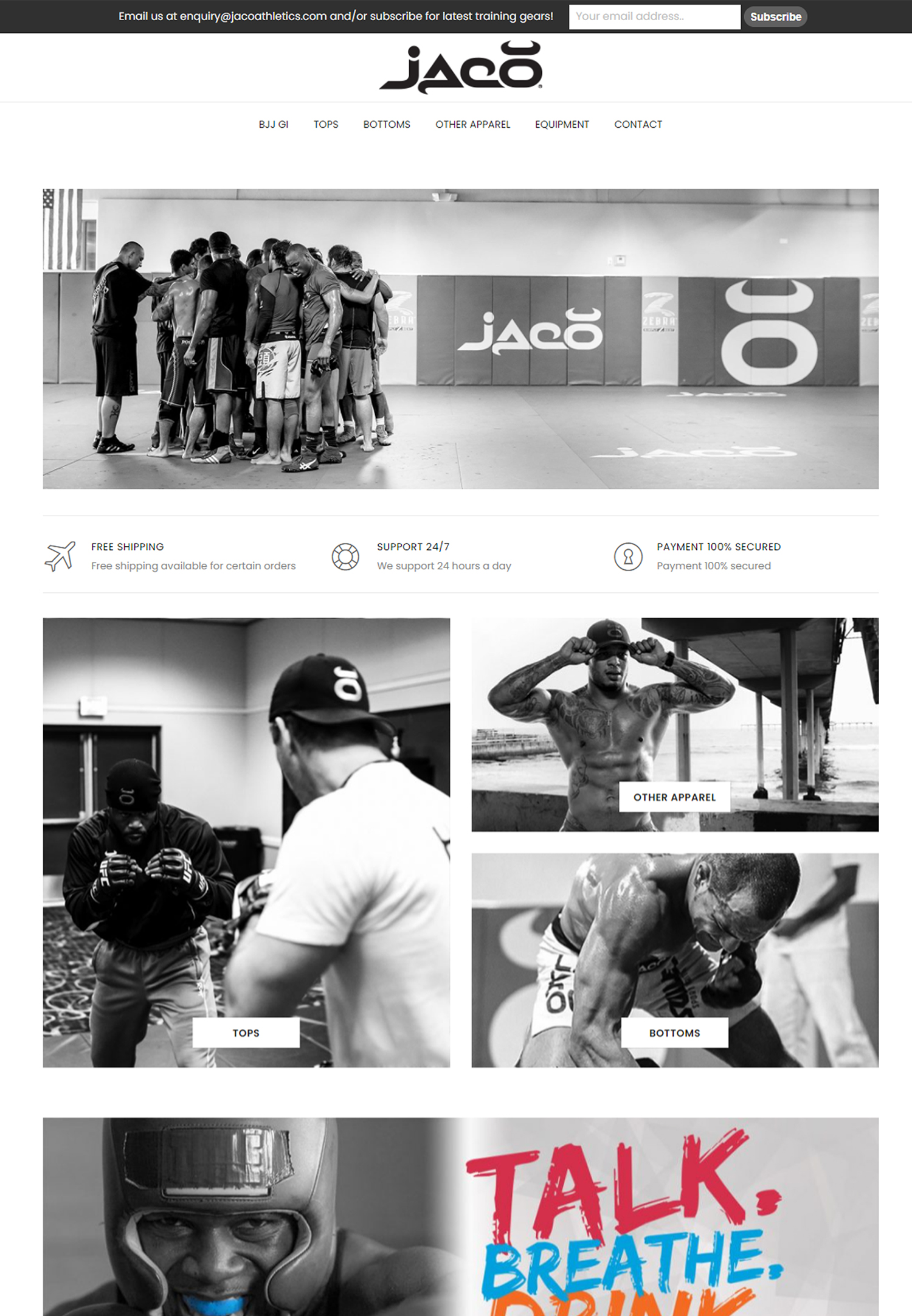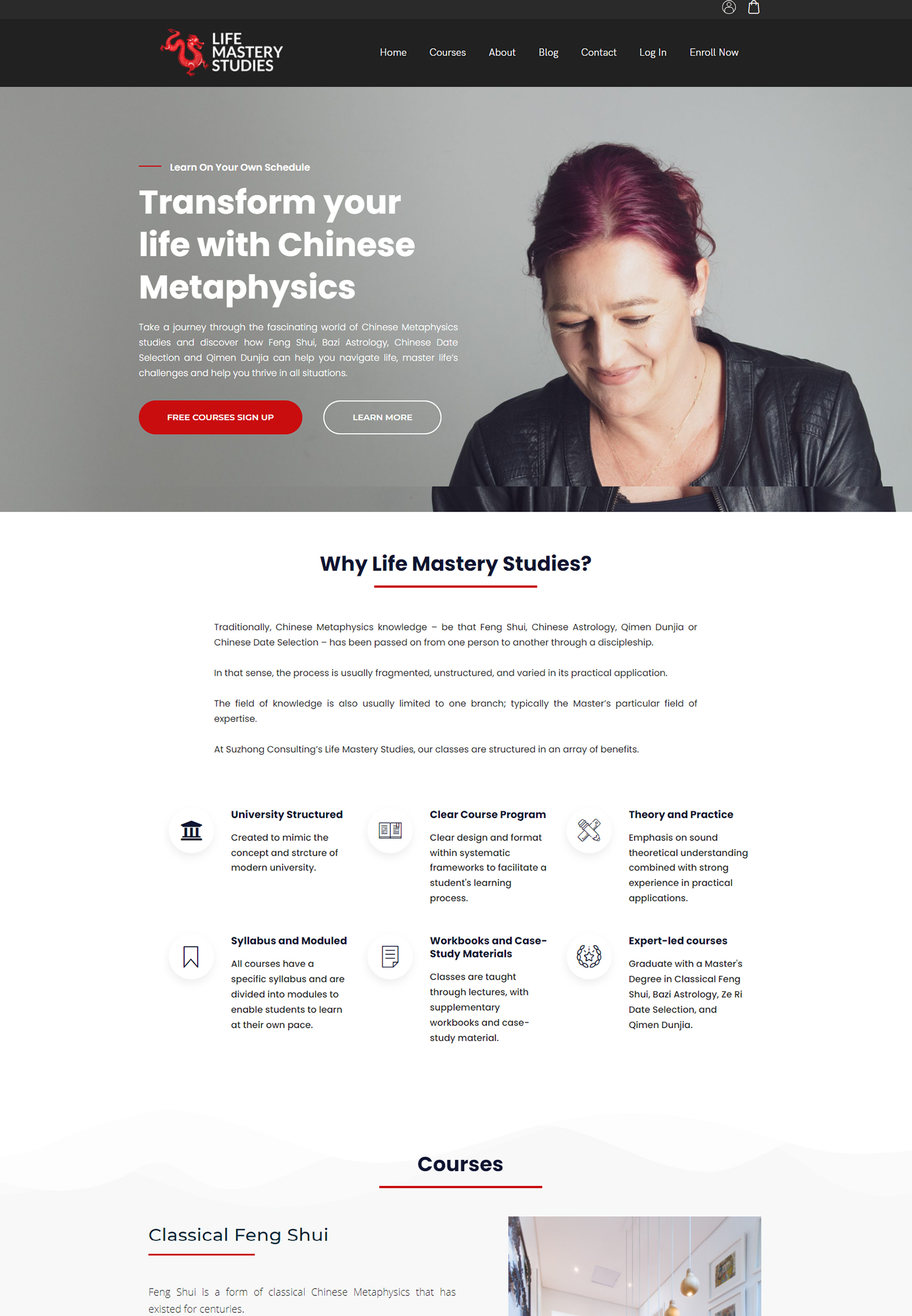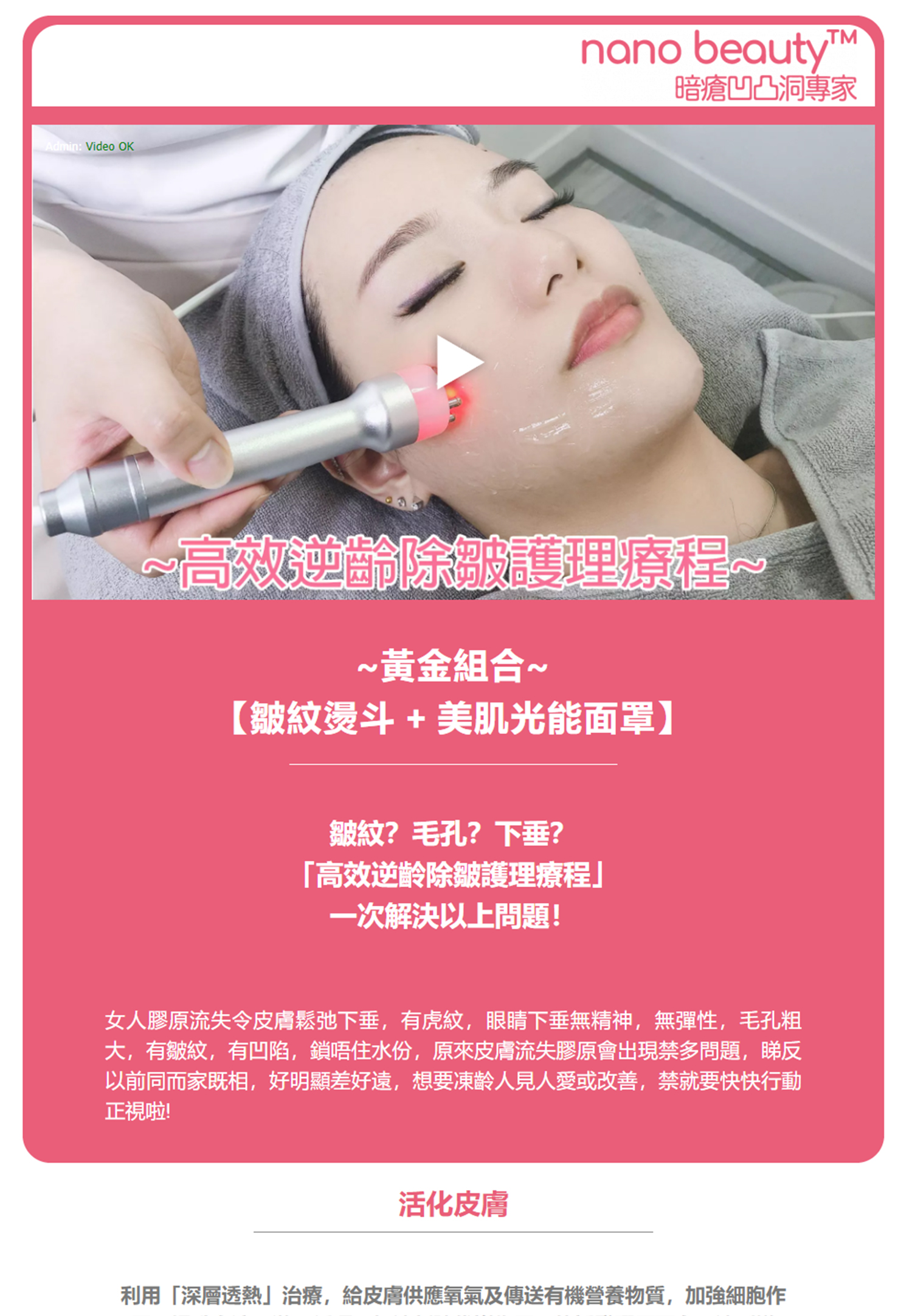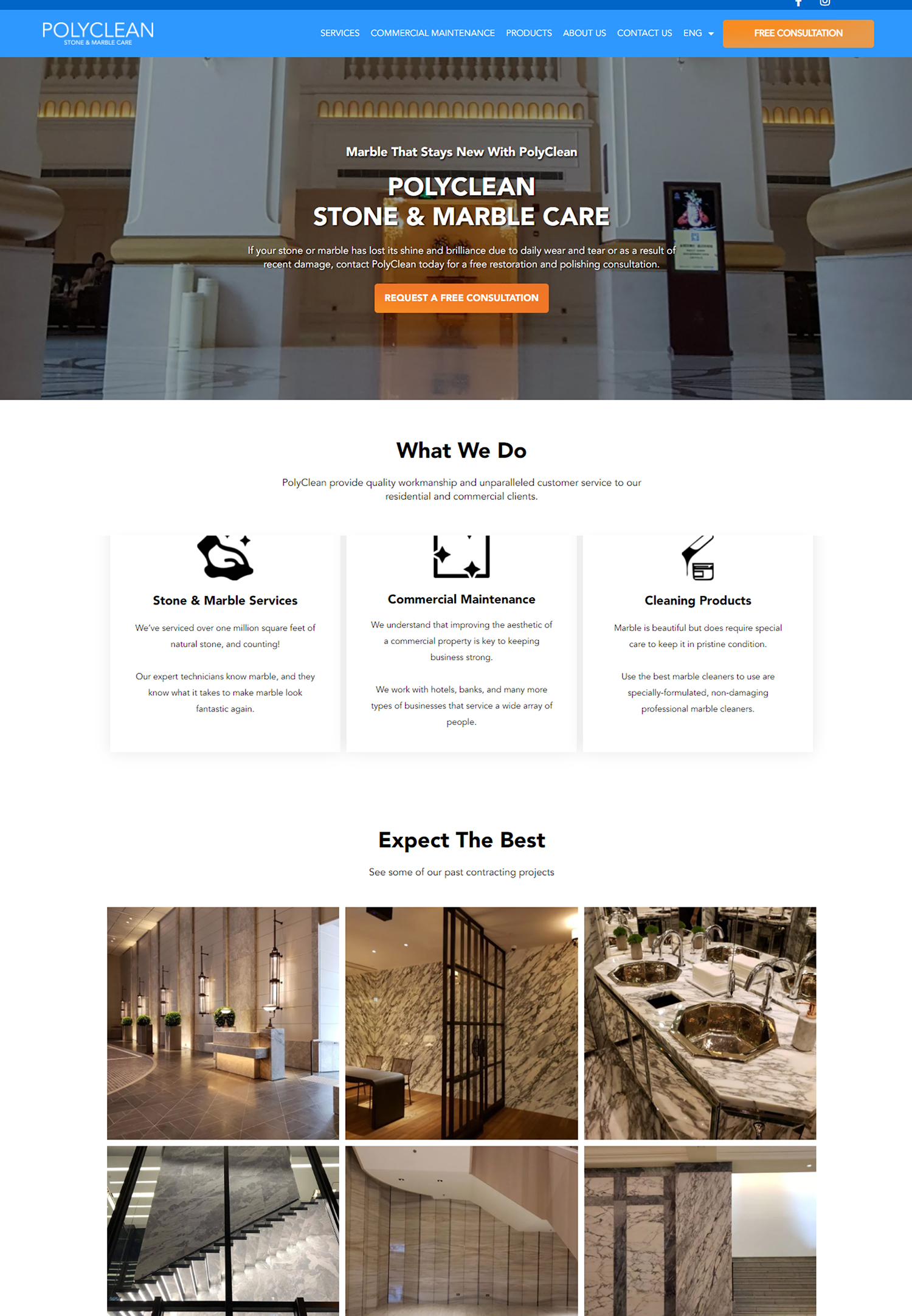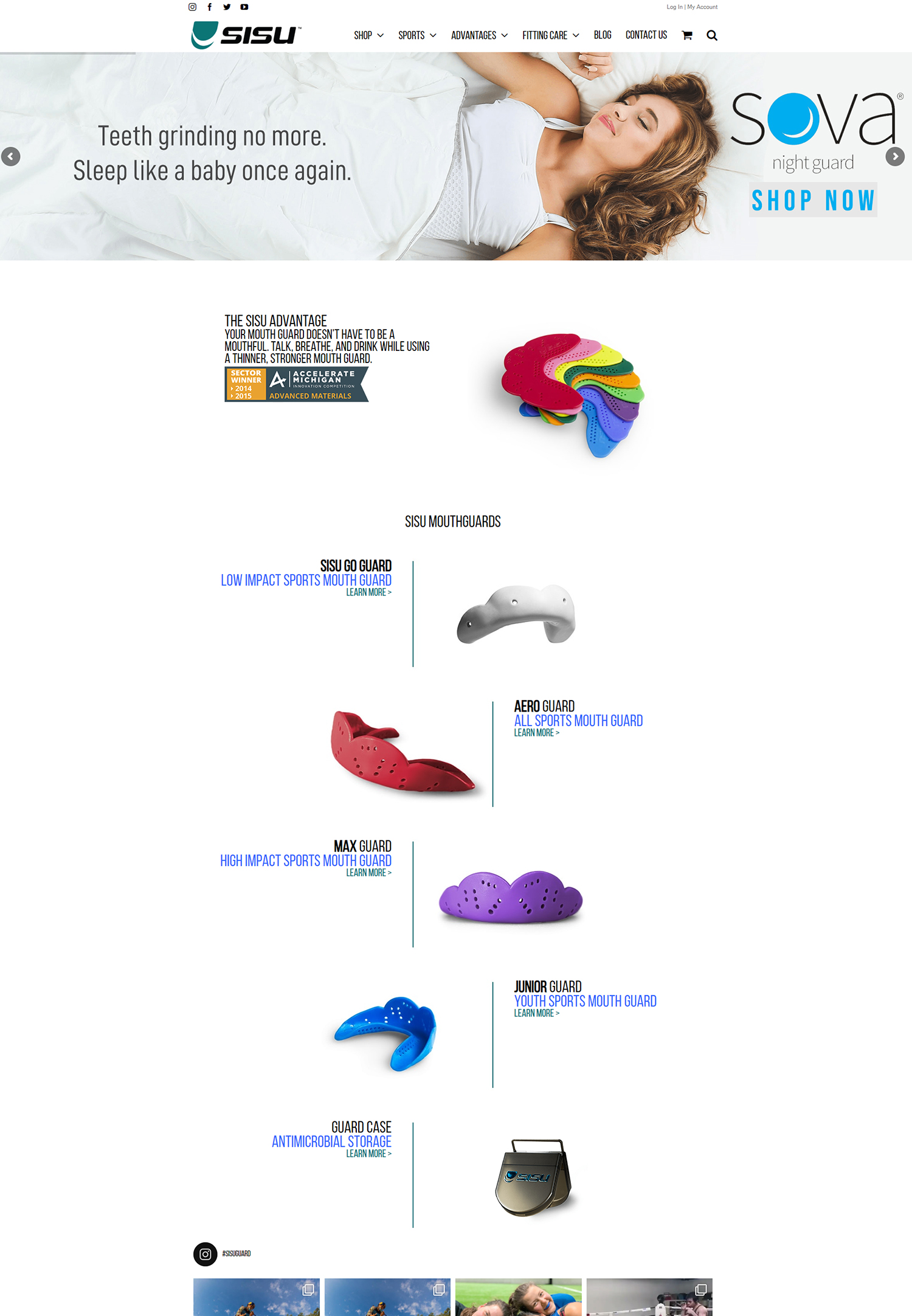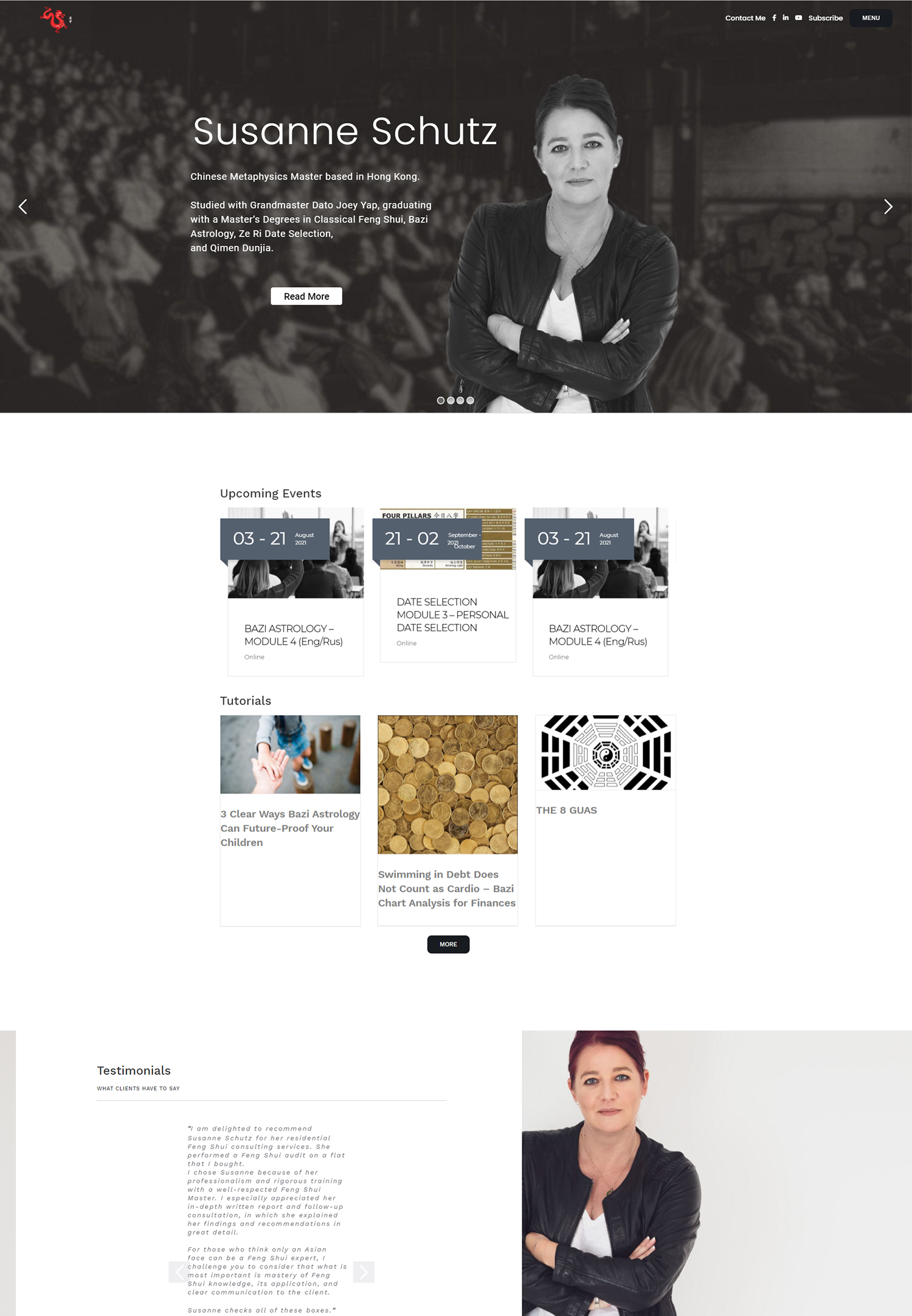The customer’s journey from first brand awareness to ultimate purchase decision is depicted by the marketing funnel, a conceptual model. It has a funnel-like shape, with a large opening at the top that progressively gets smaller as potential clients move through different phases. The four primary stages of the funnel are usually awareness, interest, consideration, and decision. Potential buyers are introduced to a brand or product during the awareness stage at the top of the funnel. After that comes the interest stage, during which people express interest in the offering.
Key Takeaways
- The marketing funnel represents the customer journey from awareness to purchase and beyond.
- Attract potential customers by creating compelling content and utilizing targeted advertising.
- Engage and nurture leads through personalized communication and valuable interactions.
- Convert leads into customers by providing seamless purchasing experiences and addressing objections.
- Provide exceptional customer experience to build loyalty and encourage repeat purchases.
- Retain customers by offering ongoing support and incentives, and measure funnel performance to identify areas for improvement.
Prospects assess their options and contrast various brands or products during the consideration stage. The decision stage is where customers actually make their purchases—at the bottom of the funnel. Because it allows them to determine where potential customers are in their buying journey and modify their marketing strategies accordingly, businesses find the marketing funnel to be quite useful. Through comprehension of every phase, businesses can formulate focused tactics to direct potential clients through the funnel and turn them into satisfied clients.
These tactics might include lead nurturing through email campaigns and customized messaging, creating awareness through advertising and content marketing, and offering outstanding customer experiences to promote loyalty and repeat business. It’s crucial to remember that the marketing funnel is not a one-size-fits-all model and can change depending on the industry, target market, and particular company goals. That being said, creating winning marketing plans and increasing sales require a deep comprehension of the marketing funnel and how it applies to a specific company.
Content Marketing & Targeted Advertising. Utilizing their demographics, interests, and online activity, businesses can reach prospective clients with targeted advertising. A brand or product can be introduced to & educated about to potential customers with the use of content marketing, which includes blog posts, videos, and infographics. Creating a Neighborhood & Increasing Natural Traffic.
Utilizing social media allows you to interact with customers and create a brand community. Another crucial tactic for drawing in new clients is search engine optimization (SEO), which raises a company’s position in search engine results and increases natural traffic to its website. Businesses can draw potential clients who are actively looking for goods or services related to their industry by optimizing their website for relevant keywords and producing high-quality content. Making Use of Events, Partnerships, and Influencer Marketing.
Apart from these tactics, companies can also utilize influencer marketing, collaborations, and gatherings to draw in new clients and raise their profile. Businesses can effectively attract potential customers and advance them to the next stage of the marketing funnel by combining these tactics. In the marketing funnel, engaging and nurturing leads comes next, after a brand or product has captured the attention of potential buyers.
This entails establishing rapport with prospective clients and offering them useful resources and information to aid in their decision-making. Delivering targeted messages and content straight to the inboxes of potential customers is made possible by email marketing, which is a highly effective tool for engaging & nurturing leads. Businesses can gain the trust of leads and maintain brand awareness as they proceed through the consideration stage by offering pertinent and helpful content. To interact with leads who have visited their website or expressed interest in their products, businesses can also use retargeting ads in addition to email marketing. Businesses can remind leads of their brand & entice them to take the next step by showing them targeted ads while they browse other websites or social media platforms through retargeting.
Offering tailored experiences and recommendations based on a lead’s interests & behavior is another successful lead nurturing and engagement tactic. Personalized product recommendations, content that is specifically designed for each user, and interactive experiences that give prospective customers a sense of value and comprehension can all help achieve this. Effective lead nurturing and engagement can help businesses boost sales by increasing the chance that leads will become paying customers.
The ultimate goal of the marketing funnel is to convert leads into customers, which entails convincing potential customers to make a purchase decision. Several strategies can be used to accomplish this, such as presenting social proof & testimonials, offering promotions and discounts, & instilling a sense of urgency. Offering a special deal or a transient offer, promotions and discounts can encourage potential customers to make a purchase. Businesses can entice potential customers to act fast & buy before the offer expires by instilling a sense of urgency.
Since social proof & testimonials attest to a brand’s legitimacy and excellence, they are also effective tools for turning leads into paying customers. Businesses can establish credibility with prospective clients and allay any worries they might have about making a purchase by displaying positive reviews, testimonials, and user-generated content. Apart from these strategies, companies can also employ persuasive copywriting & strong calls-to-action to influence prospective buyers to make a purchase.
Businesses can improve their chances of turning leads into paying customers by outlining the value proposition of their goods and services in clear terms and making it simple for prospective clients to proceed. Maintaining a high standard of customer service is crucial to keeping clients happy and promoting return business. Keeping your word, offering top-notch customer support, and fostering memorable encounters that make an impression are all part of this. Companies can do this by making sure that their goods and services meet or surpass the expectations of their clients and by promptly attending to their questions and concerns. Also, by providing individualized recommendations, special deals, & personalized communication, companies can give their clients individualized experiences.
Businesses can create meaningful interactions that make customers feel valued & appreciated by getting to know their customers’ preferences and behavior. The customer experience can also be improved by businesses using technology, for example, by providing self-service options, chatbots for immediate assistance, and seamless omnichannel experiences that let customers engage with the brand at various touchpoints. Through delivering a remarkable customer experience, companies can foster advocacy and loyalty within their clientele, resulting in recurring business & favorable verbal recommendations. Putting in Place Customer Loyalty Programs. Employing customer loyalty programs that provide rewards, savings, or special benefits to returning customers is one way for businesses to accomplish this.
Maintaining Contact with Customers. Personalized communication, social media interaction, email marketing, and loyalty programs are additional ways that businesses can maintain a relationship with their customers. Businesses can promote recurring business & long-lasting relationships with their customers by staying in touch with them and sending them offers and valuable content. Increasing the lifetime value of customers.
In addition, companies can raise customer lifetime value by taking advantage of upselling and cross-selling opportunities. Businesses can boost average order value and generate more revenue from current customers by providing supplementary products or upgrades that improve the customer experience. Through concentrating on customer retention and promoting recurring business, companies can build a devoted clientele that generates continuous income and brand advocacy.
Understanding the success of marketing initiatives and pinpointing areas for development requires measuring and evaluating funnel performance. Key performance indicators (KPIs) enable businesses to monitor the effectiveness of every stage of the marketing funnel, including conversion rates, customer acquisition cost (CAC), customer lifetime value (CLV), and retention rates. Businesses can learn more about the marketing channels that work best for drawing in new clients, the lead-to-customer conversion rates, and the customer retention and recurring purchase rates by examining these KPIs.
In addition to KPIs, companies can monitor customer behavior throughout the funnel by utilizing tools like Google Analytics, CRM programs, and marketing automation platforms. Through comprehending the ways in which prospective clients engage with their brand throughout the entire funnel, companies can enhance their marketing tactics to more effectively cater to their requirements and inclinations. Through ongoing evaluation & assessment of funnel performance, companies can spot areas for improvement and streamlining that result in higher revenue and sustained enterprise expansion.
If you’re looking to increase sales, it’s important to have a well-structured marketing funnel in place. One key component of a successful marketing funnel is lead generation. In a recent article from Populis Digital, they discuss the importance of lead generation and how it can help businesses increase their sales. Check out the article here for more insights on this topic.


